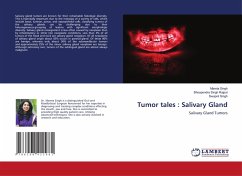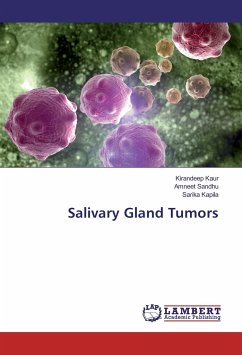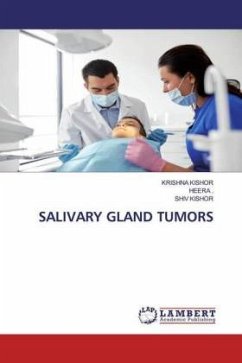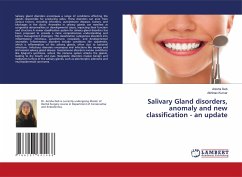Salivary gland tumors are known for their remarkable histologic diversity. This is essentially important due to the interplay of a variety of cells, which include basal, luminar, acinar, and myoepithelial cells. classifying tumors of the salivary glands can be challenging due to their heterogeneous grouping of lesions with significant morphologic diversity. Salivary gland enlargement is less often caused by neoplasia than by inflammatory or other non neoplastic conditions. Less than 3% of all tumors of the head and neck are salivary gland neoplasm. Of all neoplasms of salivary gland origin about 85% occurs in parotid gland. Of these 80% are benign, whereas only about 50% of the submandibular tumors and approximately 25% of the minor salivary gland neoplasm are benign. Although extremely rare, tumors of the sublingual gland are almost always malignant.
Bitte wählen Sie Ihr Anliegen aus.
Rechnungen
Retourenschein anfordern
Bestellstatus
Storno









